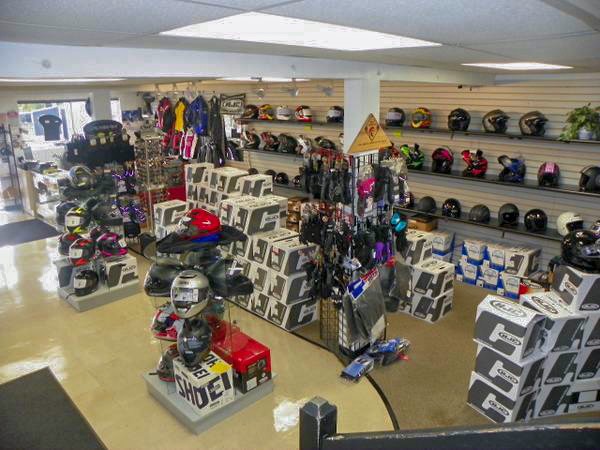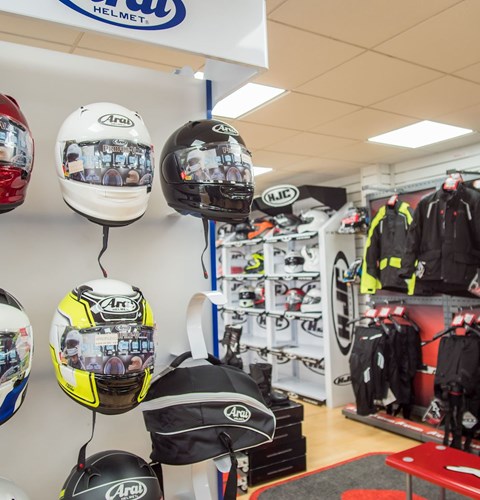Unleash Efficiency with Costs Motox Parts NZ Available Here
Unleash Efficiency with Costs Motox Parts NZ Available Here
Blog Article
Recognizing the Crucial Parts of a Bike: A Comprehensive Guide for Lovers
For motorbike lovers looking to boost their riding experience and guarantee their bikes run efficiently, comprehending the necessary parts of a bike is extremely important. Each component, from the engine's detailed operations to the critical duty of the stopping systems, not just influences efficiency however additionally safety and comfort.
Engine Elements

The camshaft plays a crucial role in regulating the timing of the engine's shutoffs, ensuring the exact opening and closing essential for reliable gas and air intake, as well as exhaust expulsion. This timing is crucial to preserving ideal engine performance and performance. Furthermore, the carburetor or gas injection system, depending upon the motorcycle model, is accountable for mixing air with fuel in the correct ratio for combustion.
The cooling system, either air or liquid-based, functions to keep the engine's temperature level within functional limitations, protecting against getting too hot and guaranteeing longevity - motorbike shop. Each element, diligently created and incorporated, contributes to the seamless operation of the engine, specifying the motorbike's power output and total efficiency
Transmission System
Integral to the motorbike's performance, the transmission system ensures effective power transfer from the engine to the wheels. This system comprises a number of vital components, including the clutch, transmission, and final drive, each playing a vital function in converting the engine's power into movement. The clutch, normally operated by a hand bar, offers to disengage the engine and engage from the transmission, enabling smooth equipment changes and regulated acceleration.
The transmission, commonly referred to as the transmission proper, consists of a collection of gears that riders can by hand shift via to adjust the bike's speed and torque outcome. These gears are organized in a sequence that allows the motorcycle to increase smoothly and keep optimal engine performance across various rates. The majority of motorcycles use a sequential gearbox, needing the rider to move gears in an established order.
Braking Mechanisms
While understanding the transmission system is vital to using a bike's power, equally crucial is the capability to control and quit that power properly, which is where braking mechanisms enter into play. Brakes are vital for security and performance, supplying the biker with the necessary control to browse different surfaces and conditions. Generally, bikes include two kinds of braking systems: disc brakes and drum brakes.
Disc brakes are much more widespread in contemporary motorcycles due to their superior efficiency. They are composed of a brake disc, caliper, and pads. When activated, the caliper squeezes the brake pads against the spinning disc, transforming kinetic energy into warmth, thus reducing the wheel. This system offers far better warmth dissipation, constant performance, and improved quiting power, especially in damp conditions.
Conversely, drum brakes, though less usual, are still located in some motorcycles. They work by pushing brake footwear against the inner surface of a drum connected to the wheel. While typically much less reliable in heat dissipation and stopping power, drum brakes are easier and extra economical.
Comprehending these stopping systems' subtleties permits cyclists to maintain their motorcycles correctly and appreciate the design that makes sure secure and efficient stopping.
Suspension and Steering
Suspension and steering systems are essential components that considerably affect a bike's handling and ride comfort. The shock absorber, being composed of forks at the front and shock absorbers at the back, soaks up roadway abnormalities, improving stability and control. Front forks, upside down or normally telescopic, compress and rebound to minimize influences, while rear shock absorbers maintain tire contact with the road, important for traction and safety.
Steering, centered around the handlebars, attaches the biker to the motorcycle's directional control. The steering head bearings guarantee smooth operation, enabling accurate maneuverability. Proper placement and upkeep of these bearings are essential for predictable steering response and decreasing rider fatigue.
The suspension's adjustability is another essential aspect; preload, damping, and rebound setups enable personalization to suit numerous riding designs and problems. This versatility is vital for optimizing efficiency, whether navigating city roads or tackling sturdy tracks. Innovations like digital suspension systems supply real-time modifications, enhancing experience quality throughout diverse surfaces.

Electric Systems
After making sure a smooth and controlled ride with efficient suspension and steering systems, interest transforms to the electric systems, a critical element of modern bikes. These systems play a vital duty not just in starting the engine but additionally in powering numerous components that improve the capability and safety go to website and security of the motorcycle.
At the heart of a motorbike's electric system is the battery, which stores electrical energy essential for starting the engine and powering auxiliary systems - motox parts nz. The generator or generator, coupled with the rectifier-regulator, guarantees the battery remains charged while the bike is in procedure, converting power right into electric power and maintaining voltage levels
The ignition system, another important part, is accountable for firing up the air-fuel blend in the engine's cyndrical tubes. Modern bikes often utilize an electronic ignition system, using better efficiency and dependability contrasted to standard systems.
Lights systems, including headlights, tail lights, and indicators, are also important, making sure presence and security for the motorcyclist. Extra electronic elements such as sensors, control systems, and displays contribute to sophisticated functions like gas injection management, anti-lock braking systems (ABDOMINAL), and digital dashboards, even more enhancing the riding experience.
Conclusion
A comprehensive comprehension of a motorcycle's vital elements, including the engine, transmission system, braking systems, suspension, guiding, and electric systems, is important for fanatics aiming to enhance efficiency, security, and convenience. Mastery of these components allows for educated decisions pertaining to upkeep and upgrades, eventually enhancing the riding experience. By incorporating this knowledge, cyclists can guarantee their motorcycles run at peak efficiency and integrity, consequently making the most of both satisfaction and durability of their lorries.
For motorbike fanatics looking to raise helpful site their riding experience and guarantee their bikes run efficiently, understanding the vital parts of a bike is critical.Important to the motorcycle's performance, the transmission system ensures effective power transfer from the engine to the wheels.While recognizing the transmission system is essential to harnessing a motorbike's power, equally motorcycle rear wheel stand vital is the capacity to control and quit that power efficiently, which is where stopping systems come right into play. Typically, motorbikes feature 2 types of braking systems: disc brakes and drum brakes.
A detailed comprehension of a motorbike's necessary parts, consisting of the engine, transmission system, braking devices, suspension, steering, and electric systems, is essential for fanatics aiming to optimize security, performance, and comfort.
Report this page